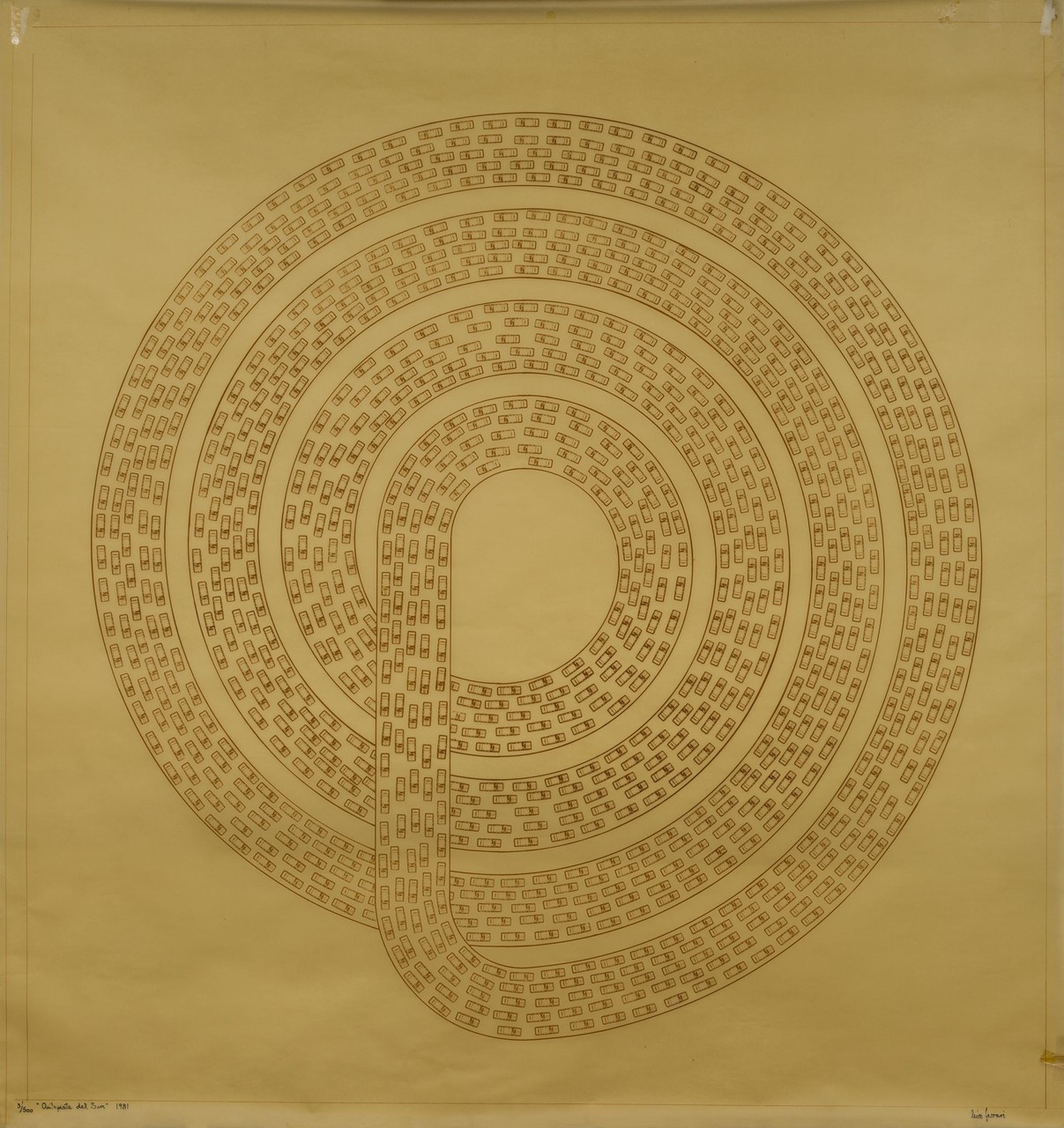León Ferrari
Between Dictatorships
23 Oct 2015 - 02 Feb 2016
MASP has substantial holdings of the work of Argentine León Ferrari (1920–2013), which were gifted to the museum by the artist himself. They include heliographies, a set of Xerox works, as well as two paintings, two sculptures, and one object, most of them – with the exception of two early works from the 1960s – produced during the period of his 15-year exile in São Paulo.
Ferrari arrived in Brazil in 1976, having fled Buenos Aires at the height of the "guerra sucia" [dirty war] that ravaged his home country. By this time he had a long trajectory behind him, and had been an active participant in the avant-garde conceptually oriented movements that emerged in Buenos Aires and Rosario during the 1960s. The works that Ferrari produced in Brazil continued to be critical of dictatorial regimes and of how they exercise control over the population by regulating every aspect of life. The works in this exhibition address these issues through different aesthetic, conceptual, and material operations. The first series, related to his artist books Homens [Men] and Imagens [Images], as well as to his Heliografías [Heliographies], resort to the visual language of technical and architectural drawing to represent the various ideological apparatuses imposed by the state to systematically control the daily life of citizens. The second group of works – which includes the images related to his artist book Parahereges [For Heretics] as well as those made for another series, Releitura da Bíblia [Rereading of the Bible] – addresses religion and the Church, critiquing their conservative positions in regard to sexuality and social mores.
The print and Xerox works are revealing of the context in which Ferrari was working under the dictatorships in both Argentina and Brazil. During his stay in Brazil, he was in contact with artists who were interested in the potential of the print medium in times of political and economic instability, since its low cost and reproducibility afforded greater mobility and distribution. This circle of artists – Carmela Gross, Hudinilson Júnior (1957–2013), Regina Silveira, and Julio Plaza (1938–2003), who were working in heliography, Xerox, microfilm and Letraset – may have influenced his experimentation with these media. The graphic works by León Ferrari that are part of MASP's collection are representative of the important directions in which his work evolved during the years of his exile between two dictatorships.
Curated by Julieta González
Ferrari arrived in Brazil in 1976, having fled Buenos Aires at the height of the "guerra sucia" [dirty war] that ravaged his home country. By this time he had a long trajectory behind him, and had been an active participant in the avant-garde conceptually oriented movements that emerged in Buenos Aires and Rosario during the 1960s. The works that Ferrari produced in Brazil continued to be critical of dictatorial regimes and of how they exercise control over the population by regulating every aspect of life. The works in this exhibition address these issues through different aesthetic, conceptual, and material operations. The first series, related to his artist books Homens [Men] and Imagens [Images], as well as to his Heliografías [Heliographies], resort to the visual language of technical and architectural drawing to represent the various ideological apparatuses imposed by the state to systematically control the daily life of citizens. The second group of works – which includes the images related to his artist book Parahereges [For Heretics] as well as those made for another series, Releitura da Bíblia [Rereading of the Bible] – addresses religion and the Church, critiquing their conservative positions in regard to sexuality and social mores.
The print and Xerox works are revealing of the context in which Ferrari was working under the dictatorships in both Argentina and Brazil. During his stay in Brazil, he was in contact with artists who were interested in the potential of the print medium in times of political and economic instability, since its low cost and reproducibility afforded greater mobility and distribution. This circle of artists – Carmela Gross, Hudinilson Júnior (1957–2013), Regina Silveira, and Julio Plaza (1938–2003), who were working in heliography, Xerox, microfilm and Letraset – may have influenced his experimentation with these media. The graphic works by León Ferrari that are part of MASP's collection are representative of the important directions in which his work evolved during the years of his exile between two dictatorships.
Curated by Julieta González

